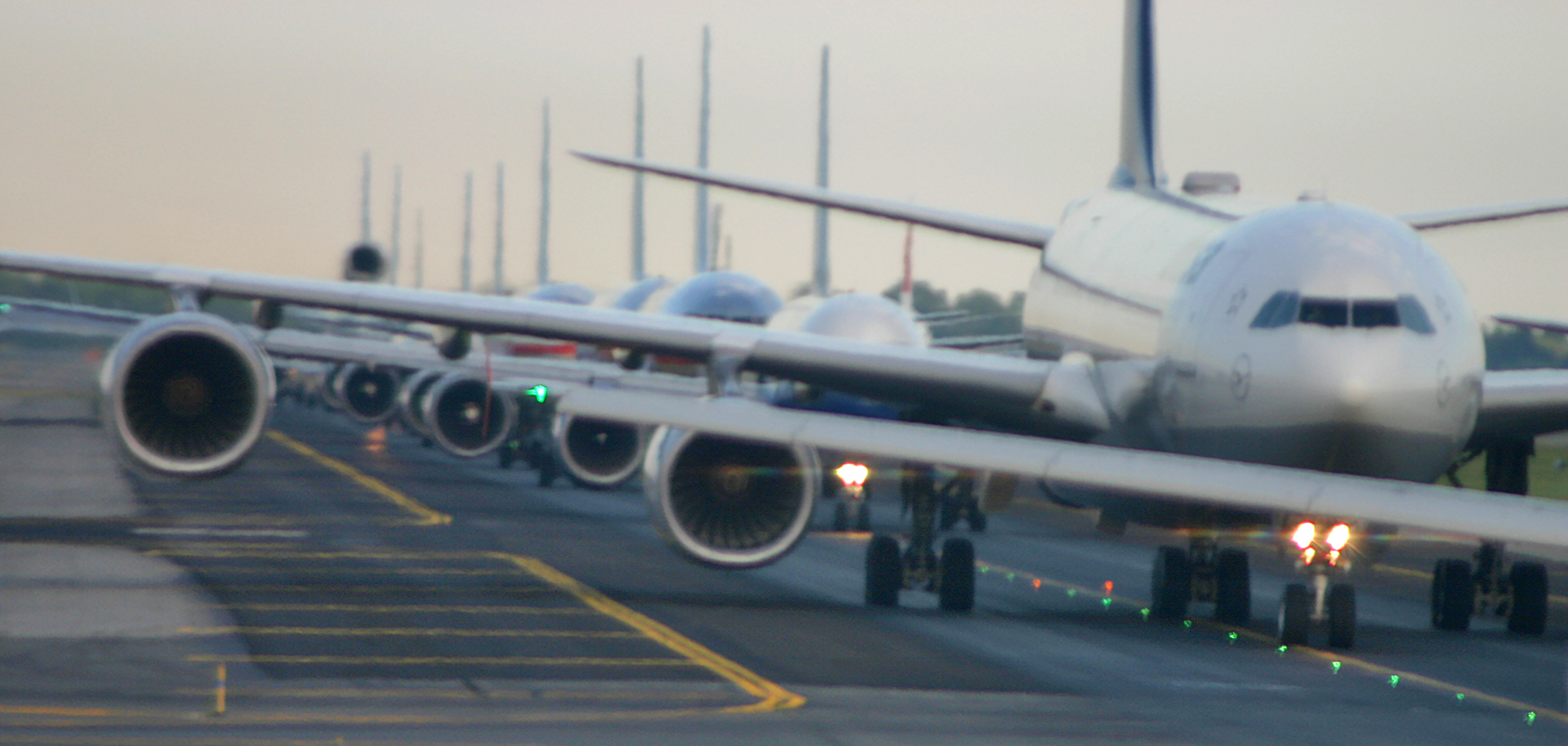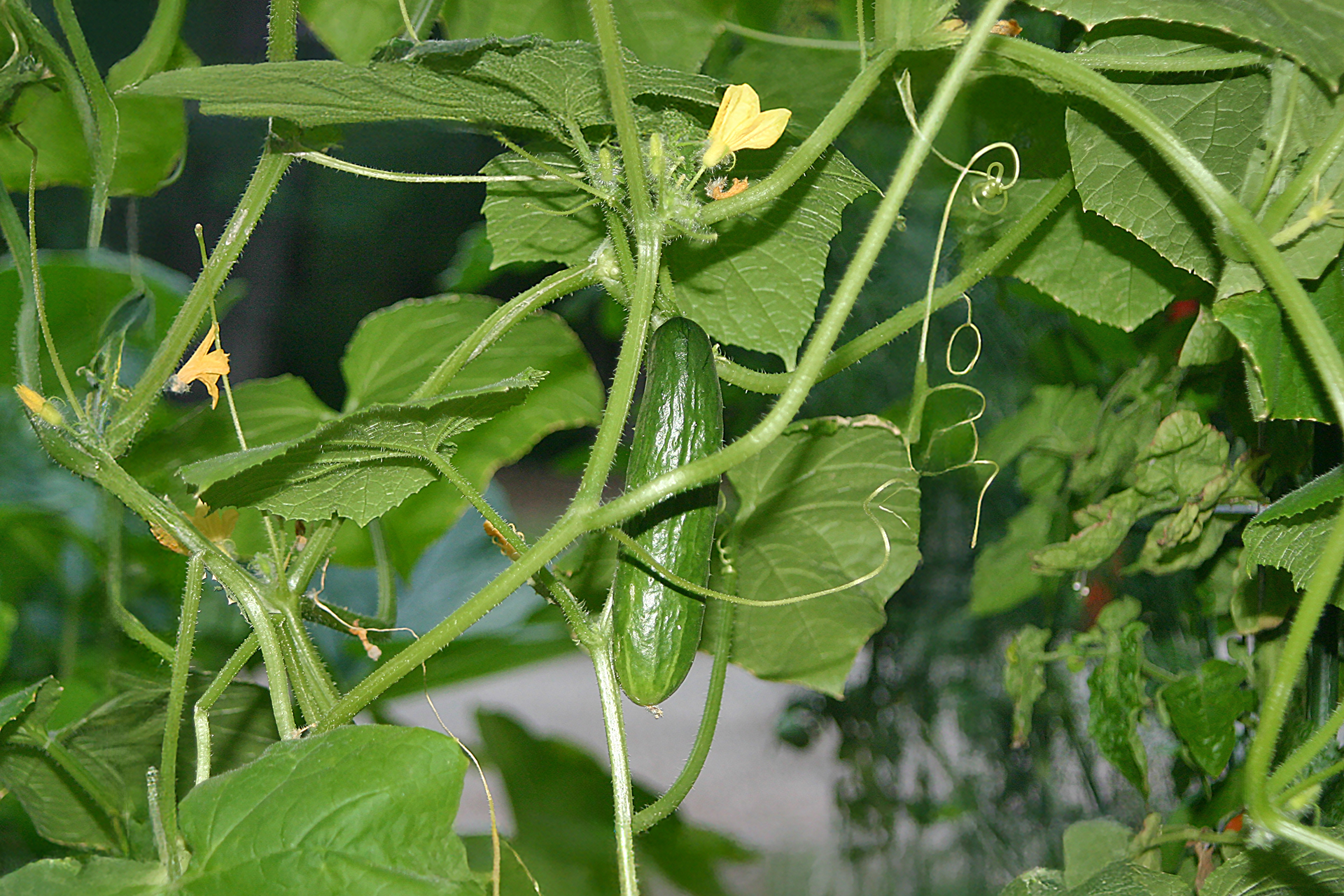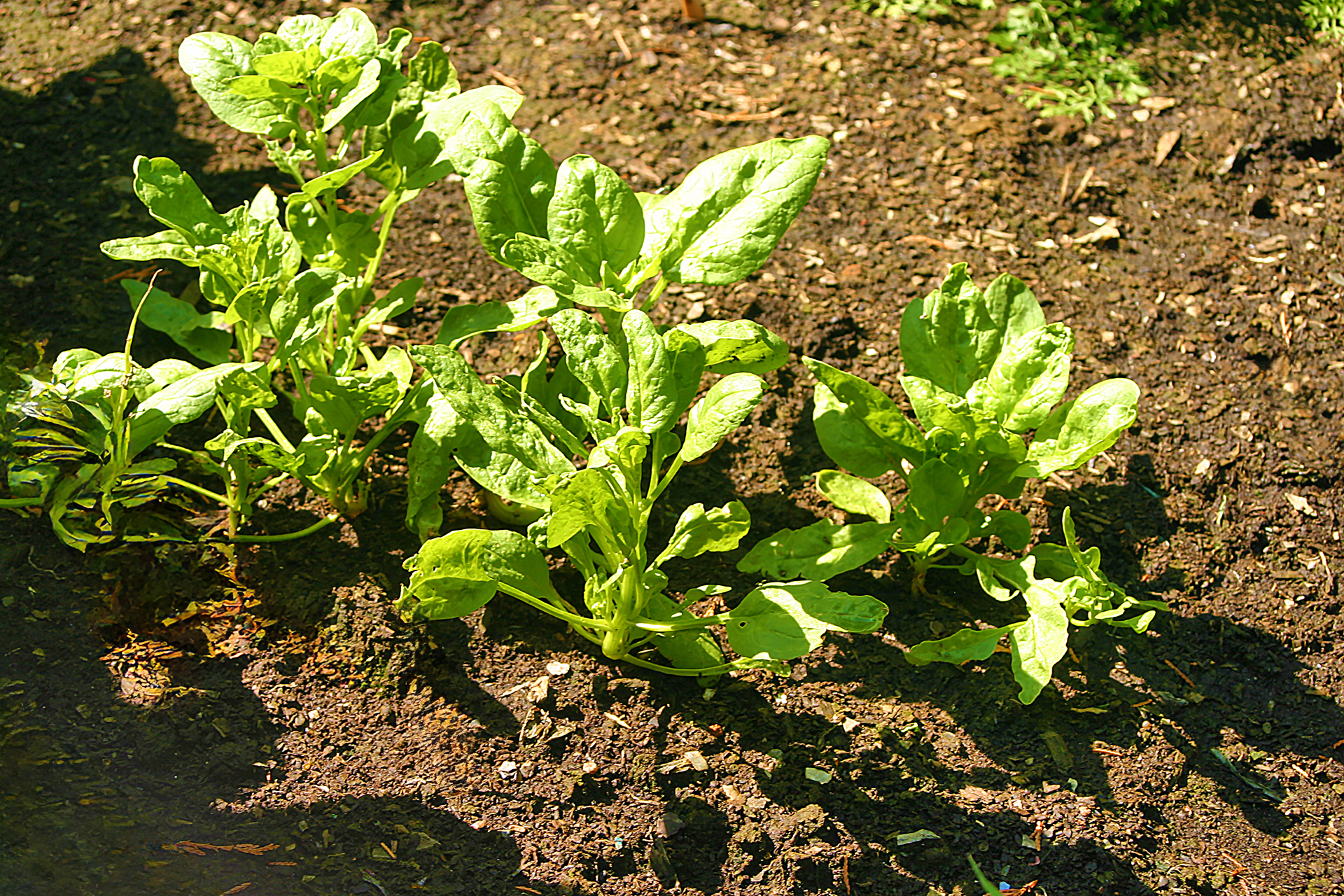Note: This article pertaining to Are Frequent Fliers Contributing to The Great Nutrition Collapse? was originally published on Friday, September 22, 2017 at 7:34 in the evening and has been updated.
Whether you are enjoying the opulence of caviar and champagne as you lounge in that luxurious lie-flat seat in the premium class cabin or subsisting on a small bag of peanuts while slumming it squeezed in a middle seat near the back of the airplane, you may be contributing to the decrease in nutrition of the food supply around the world — and you may not even know it.
Are Frequent Fliers Contributing to The Great Nutrition Collapse?

Although some frequent fliers are mindful of their carbon footprint in the world, most people do not think twice about boarding an airplane to get from one place to another for whatever reason.
“For many people reading this, air travel is their most serious environmental sin”, according to this article written by Elisabeth Rosenthal for The New York Times. “One round-trip flight from New York to Europe or to San Francisco creates a warming effect equivalent to 2 or 3 tons of carbon dioxide per person. The average American generates about 19 tons of carbon dioxide a year; the average European, 10.”
Rosenthal also included potentially alarming statements in the article — such as “So if you take five long flights a year, they may well account for three-quarters of the emissions you create” and “Though air travel emissions now account for only about 5 percent of warming, that fraction is projected to rise significantly, since the volume of air travel is increasing much faster than gains in flight fuel efficiency. (Also, emissions from most other sectors are falling.)”
A correction at the conclusion of the article gave the following clarification:
“A news analysis article last Sunday about the impact of air travel on global warming referred imprecisely to the environmental impact of one round-trip flight from New York to Europe or to San Francisco. It has a warming effect equivalent to 2 or 3 tons of carbon dioxide per person, but does not generate that much carbon dioxide per person. (The estimate also includes warming from other greenhouses gases.)”
Regardless of how much carbon dioxide commercial aviation contributes to the atmosphere, you are probably wondering about the connection to the world’s food supply.
Declining Nutrition in Food

Through extensive research of the correlation of how the food supply is affected by increased levels of carbon dioxide — of which sparse data is available at best — a mathematician-turned-biologist named Irakli Loladze was involved in an experiment while he pursued his doctoral degree at Arizona State University in 1998 pertaining to the nutritional relationship between algae and zooplankton, which consumes algae for food. The algae grew faster when more light shone upon them — but despite the zooplankton having more to eat, they started struggling to merely survive.
“In the outside world, the problem isn’t that plants are suddenly getting more light: It’s that for years, they’ve been getting more carbon dioxide”, according to this article written by Helena Bottemiller Evich for Politico. “Plants rely on both light and carbon dioxide to grow. If shining more light results in faster-growing, less nutritious algae—junk-food algae whose ratio of sugar to nutrients was out of whack—then it seemed logical to assume that ramping up carbon dioxide might do the same. And it could also be playing out in plants all over the planet. What might that mean for the plants that people eat?”
Other Contributors to Decreased Nutrition

For years, studies have proven that the nutrition in our food supply has been decreasing — with numerous reasons blamed, such as the introduction of genetic engineering; unnecessary chemicals and artificial ingredients added to overly-processed food; and even financial gain as only three of many examples.
Soil depletion is cited as another reason, based on a study by a team of researchers at the Department of Chemistry and Biochemistry of the University of Texas at Austin; and it was published in December 2004 in the Journal of the American College of Nutrition, according to this article written by Roddy Scheer and Doug Moss of Scientific American: “It would be overkill to say that the carrot you eat today has very little nutrition in it—especially compared to some of the other less healthy foods you likely also eat—but it is true that fruits and vegetables grown decades ago were much richer in vitamins and minerals than the varieties most of us get today. The main culprit in this disturbing nutritional trend is soil depletion: Modern intensive agricultural methods have stripped increasing amounts of nutrients from the soil in which the food we eat grows. Sadly, each successive generation of fast-growing, pest-resistant carrot is truly less good for you than the one before.”
More Is Not Necessarily Better

Regardless of the theory to which you may subscribe, there is a common element to all of the hypotheses pertaining to declining nutrition — as well as just about everything else in nature: more is not necessarily better. Whenever there is more of one thing in nature, there is usually less of another.
Using Hurricane Irma as an example, I wrote in this article on Saturday, September 9, 2017:
“…weakened hurricanes tend to expand in size — which has already happened with Hurricane Irma, as at least half of the state of Florida has already started feeling the effects of this storm. Tropical storm force winds have just approached Naples and Miami — and they will only get stronger overnight as the storm moves closer.”
When a tropical cyclone strengthens, it usually becomes more compact with a well-defined eye; but as it weakens, it expands in size — and although the effects experienced may not be as potent, they are more widespread. This is exactly what happened as Hurricane Irma approached Florida — and why the vast majority of the state was significantly affected by the powerful storm.
Earlier on, the small island of Barbuda was devastated by the Category 5 hurricane — leaving it uninhabitable for what could be months…
…and yet, Antigua — a mere 30 or so miles south of Barbuda — was relatively unscathed, due to the compact nature of the tropical system.
A similar factor could be applied to our food supply: plants are reliant upon carbon dioxide for survival. More carbon dioxide should mean more food — and if so, is that actually good for nutrition and the environment?
“A higher concentration of carbon dioxide in our atmosphere would aid photosynthesis, which in turn contributes to increased plant growth. This correlates to a greater volume of food production and better quality food. Studies indicate that crops would utilize water more efficiently, requiring less water. And colder areas along the farm belt will experience longer growing seasons”, according to this article written by Lamar Smith — who was a Republican who represents a district in Texas as a member of the House of Representatives of the United States and argues that the benefits of a changing climate are often ignored and not researched enough — for The Daily Signal. “While crops typically suffer from high heat and lack of rainfall, carbon enrichment helps produce more resilient food crops, such as maize, soybeans, wheat, and rice. In fact, atmospheric carbon dioxide is so important for plant health that greenhouses often use a carbon dioxide generator to increase production.”
Irakli Loladze might disagree with that assessment: for at least 25 years, he “scoured the scientific literature for any studies and data he could find. The results, as he collected them, all seemed to point in the same direction: The junk-food effect he had learned about in that Arizona lab also appeared to be occurring in fields and forests around the world. ‘Every leaf and every grass blade on earth makes more and more sugars as CO2 levels keep rising,’ Loladze said. ‘We are witnessing the greatest injection of carbohydrates into the biosphere in human history―[an] injection that dilutes other nutrients in our food supply.’”
Is he correct?
Watch this video and judge for yourself.
Final Boarding Call
Note that the title of this article is if frequent fliers are contributing to what is being called the great nutrition collapse — not the main cause of it.
Clearly, a plethora of other sources contribute to the increase of carbon dioxide — everything from the smoke of a cigarette to exhaust from vehicles to the emissions from the smokestacks of factories to an increased population of people living on our planet, breathing out more carbon dioxide for plants to process…
…and even if carbon dioxide is indeed a significant factor which results in decreased nutrition in our food supply, it is still only a contributing factor, as other reasons exists for causing this phenomenon.
I cannot help but wonder if this decrease in nutrition in the food supply has led to effects which impact upon our experience as passengers aboard airplanes. One notable — and controversial — issue is allergies to such foods as peanuts, nuts, dairy and shellfish, which is exacerbated aboard an airplane.
Although factors such as stress and frustration contribute to what seems to be an increase of antagonism and violence aboard airplanes, could decreased nutrition in the food supply also be a contributor?

A lack of flavor could be a consequence as well as decreased nutrition. As one example, I remember my grandmother complaining that garlic is not as strong as it used to be when she was younger. I basically attributed her opinion to the fact that she was elderly, as people can generally lose their sense of taste as they age, according to this article written by Marlo Sollitto for AgingCare.com — but could she have been correct?
If there is one thing with which I agree with Lamar Smith, it is that “Our climate is too complex” — and only in the context that at this time, there are too many questions with not enough answers to posit that decreased nutrition in our food supply may indeed be a contributor to the issues we face when traveling…
…but in my opinion, it is certainly worth investigating by experienced scientists, researchers and specialists who are knowledgeable in their respective fields pertaining to this topic and curious enough to launch studies to find out more definitive answers, as likely not enough information is available at this time to reach a proven conclusion.
I do not advocate a ban on anything which contributes to the global problem of the increase in carbon dioxide in the atmosphere — but action is necessary in attempting to strike that delicate balance between continuing with commerce and progress while simultaneously attempting to reverse the trend and increase the nutritional value of food once again.
All photographs ©2008, ©2009, ©2017, ©2019, and ©2024 by Brian Cohen.

